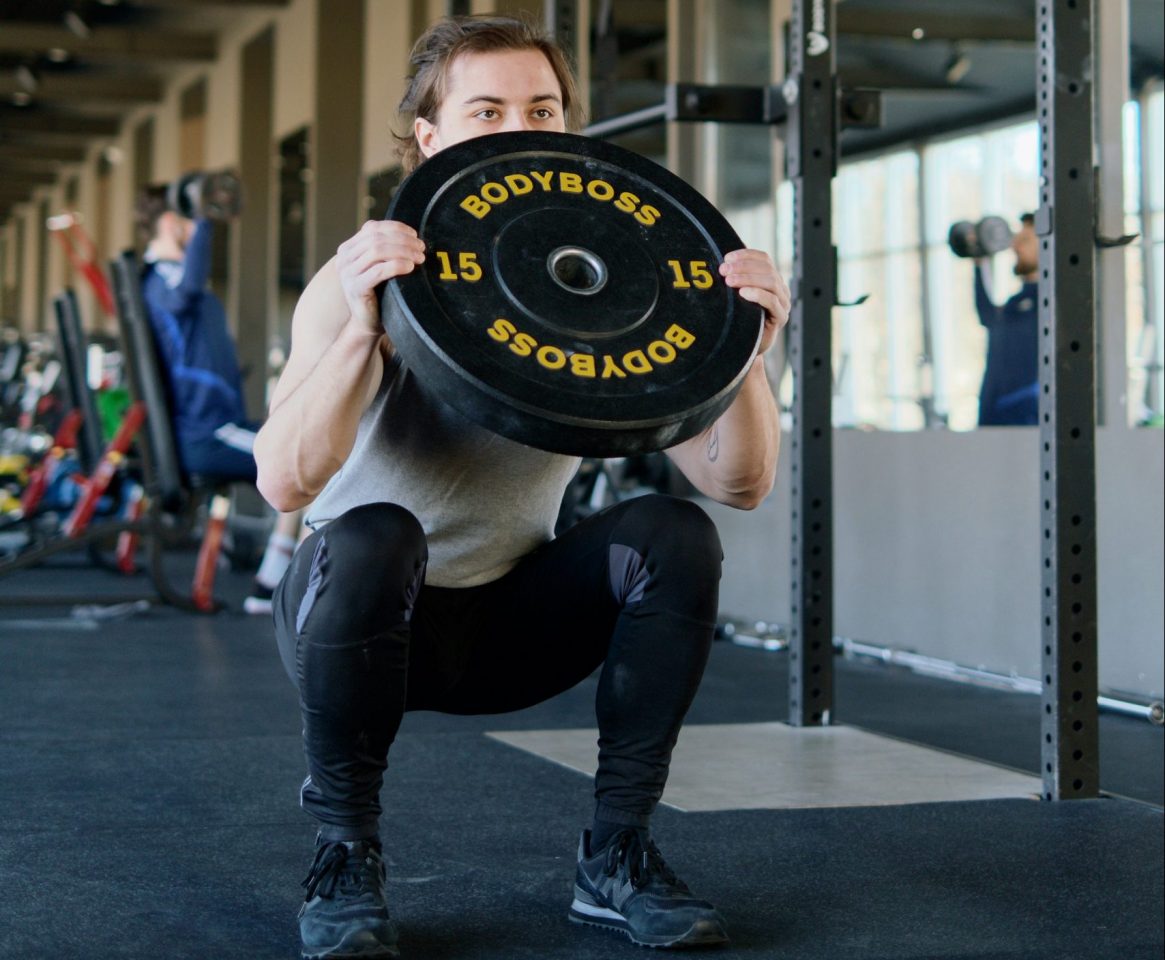Goblet squats are an exercise that shows up in strength and conditioning programs. This article will talk about how to perform them, benefits/drawbacks, and how to use them in a program.
Goblet squats can be done with a kettlebell, a weight plate, a dumbbell, sandbags, or medicine balls. To perform, set up with the feet between hip-width and shoulder-width apart. Hold the weight in front of the trunk, keeping it close to the body. From here, pull the shoulders back and stick the chest out.
From this position, the athlete will squat down by pushing the hips back. The athlete should squat down until the thighs are at least parallel to the ground and then reverse directions for the desired number of repetitions.
Goblet squats are often easier to learn than back squats or front squats. Because of this, they often make a great exercise to start with as this exercise teaches some important aspects of technique (squatting from the hips, protecting the lower back). The challenge with this exercise is with overload, it is simply difficult to hold enough weight to make this a challenging exercise for a highly trained athlete.
As I see it, goblet squats have several uses. First, strength and conditioning for relatively untrained individuals. Second, as a remedial/teaching exercise for the squat. Third, they would make a great exercise during a conditioning session. Finally, as a recovery/unloading exercise.
When integrating goblet squats into my workouts, I prefer to use CAP cast iron kettlebells. I feel they provide me with the best weight control over other options.
~ This site is supported by its audience. When you purchase on Amazon through links on my site, I may earn an affiliate commission. ~



